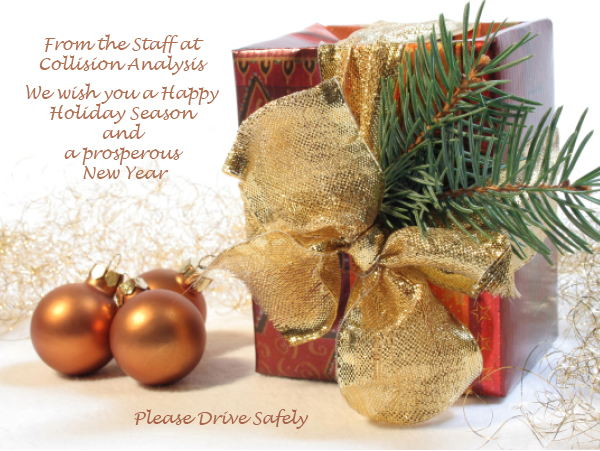November 25, 2022
Our California Office is Moving!

Effective November 30, 2022, our mailing address will be:
100 Wilshire Blvd, Suite 700
Santa Monica, CA 90401
All phone numbers and emails will remain the same for continued and uninterrupted service.
November 14, 2022
Transport Canada Child Car Seat Alerts
Transport Canada is issuing an important consumer information notice regarding third party vendors selling child car seat products online that are not regulated under the Motor Vehicle Safety Act.
For more details, visit Transport Canada at https://tc.canada.ca/en/road-transportation/defects-recalls-vehicles-tires-child-car-seats/be-careful-when-buying-car-seats-online or call for Information: 1-800-333-0371.
You can also visit the Transport Canada website for more information on safety alerts and notices for child car seats. https://tc.canada.ca/en/road-transportation/defects-recalls-vehicles-tires-child-car-seats/safety-alerts-notices-child-car-seats
November 4, 2022
Come see us at our booth during the ACTLA Seminars
Come visit Steve at our trade show booth at the Alberta Civil Trial Lawyers Association (ACTLA) in Calgary on November 8, 2022

or in Edmonton on November 10, 2022.

For more information on the Masterclass - Legends in Litigation seminars see the ACTLA website.
October 26, 2022
On-Scene Volume 27, Fall 2022
Coming Soon!
Second in our new postcard series, On-Scene Volume 27, Fall 2022
looks at a brief definition and description of Injury Biomechanics.

Contact Collision Analysis to discuss how we can assist in your next personal injury case
or to receive our newsletter in hard copy or via email.


